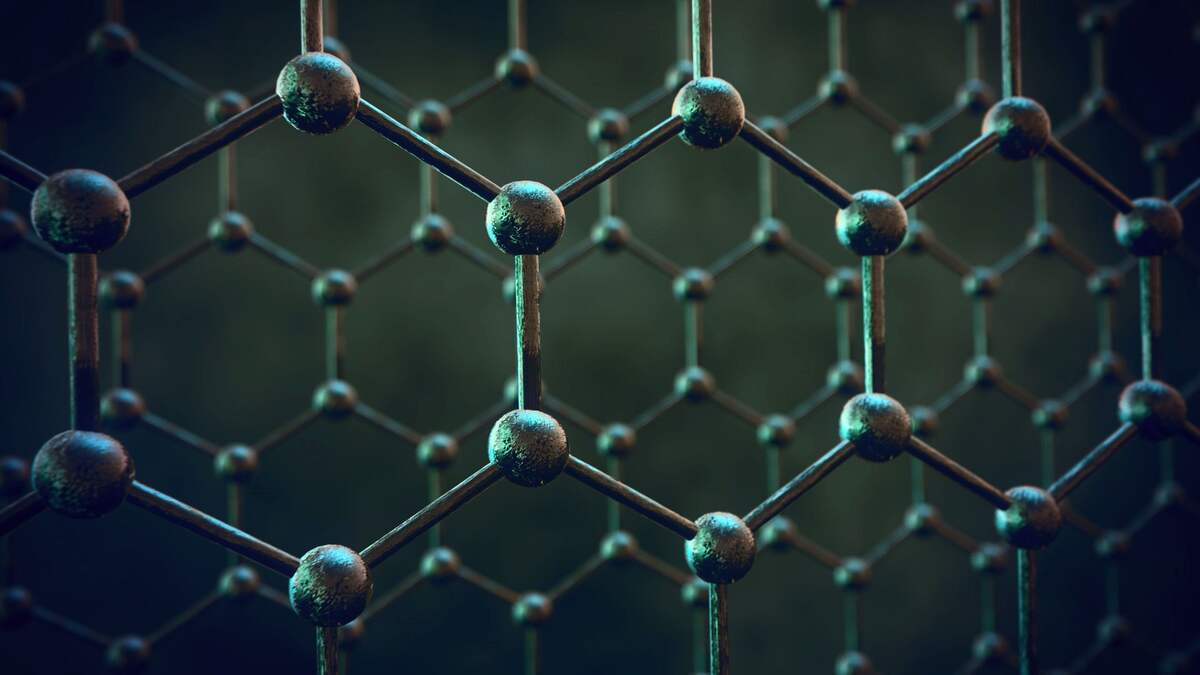PHYSICS
Manchester scientists have made a remarkable discovery of a novel one-dimensional superconductor, unlocking the quantum frontier

In a thrilling breakthrough in the realm of superconductivity, a team of researchers at The University of Manchester has achieved a stunning feat: robust superconductivity in high magnetic fields using a newly discovered one-dimensional (1D) system. This groundbreaking achievement paves the way for potential advancements in quantum technologies and opens doors to unexplored territories of condensed matter physics.
The research conducted by Professor Andre Geim, Dr Julien Barrier, and Dr Na Xin from Manchester University reveals their remarkable journey towards achieving superconductivity in the elusive quantum Hall regime. The quantum Hall regime, characterized by quantized electrical conductance, has long posed a formidable challenge to scientists seeking to harness its properties.
The initial attempts of the Manchester team followed the conventional path, bringing counterpropagating edge states into proximity with each other. However, these endeavors encountered limitations. Undeterred, the researchers adopted a new strategy inspired by their previous work on graphene domain boundaries, which demonstrated highly conductive properties. Leveraging this knowledge, they placed domain walls between two superconductors, achieving the ultimate proximity between counterpropagating edge states while minimizing the effects of disorder.
Dr. Barrier, lead author of the paper, explains the motivation behind their initial experiments, stating, "Our exploration stemmed from the persistent interest in proximity superconductivity induced along quantum Hall edge states. This notion has sparked numerous theoretical predictions regarding the emergence of enigmatic particles called non-abelian anyons."
To their astonishment, the Manchester team witnessed substantial supercurrents reaching temperatures as high as one Kelvin—a remarkable feat considering the extreme conditions of their experiments. Further investigation revealed that the proximity-induced superconductivity did not originate from the quantum Hall edge states along domain walls but rather from strictly one-dimensional electronic states within the domain walls themselves. These unique one-dimensional states confirmed to exist by the theory group of Professor Vladimir Fal'ko at the National Graphene Institute, exhibited a remarkable ability to hybridize with superconductivity, surpassing the capabilities of conventional quantum Hall edge states. The intrinsic one-dimensional nature of these interior states is believed to underpin the observed robust supercurrents in high magnetic fields.
The discovery of this new breed of single-mode one-dimensional superconductivity holds incredible promise for further research. Dr. Barrier elaborates, "In our devices, electrons propagate in two opposite directions within the same nanoscale space, without scattering. Such one-dimensional systems are exceedingly rare and hold the potential to address a wide range of problems in fundamental physics."
Building on their remarkable findings, the team has also demonstrated the ability to manipulate these electronic states using gate voltage, observing standing electron waves that modulate the superconducting properties. This exciting new system promises a bold future, with tantalizing potential for the realization of topological quasiparticles that combine the quantum Hall effect and superconductivity.
Dr. Xin concludes, "It is fascinating to contemplate the possibilities this novel system can offer. One-dimensional superconductivity presents an alternative pathway to realize topological quasiparticles, merging the quantum Hall effect and superconductivity. This is just one example of the vast potential held within our findings."
This groundbreaking research marks another significant stride forward in the field ofsuperconductivity, two decades after the advent of the first two-dimensional material, graphene, at The University of Manchester. With far-reaching implications for quantum technologies, this discovery of a novel one-dimensional superconductor promises to shape the future of scientific exploration, captivating the attention and interest of various scientific communities worldwide.
The esteemed National Graphene Institute (NGI), situated at The University of Manchester, stands as a global center of excellence for graphene and 2D material research. Established by Professors Sir Andre Geim and Sir Kostya Novoselov, who first isolated graphene in 2004, the NGI houses a community of specialists dedicated to transformative discoveries. Supported by cutting-edge facilities, including class 5 and 6 cleanrooms, the NGI possesses unparalleled capabilities for advancements in critical areas such as composites, energy, nanomedicine, membranes, and more.
As the scientific world eagerly awaits further revelations and explores the endless possibilities presented by this groundbreaking discovery, it is clear that the pioneering efforts of the Manchester team have propelled us toward new frontiers in quantum physics and held the potential to revolutionize a multitude of industries.
